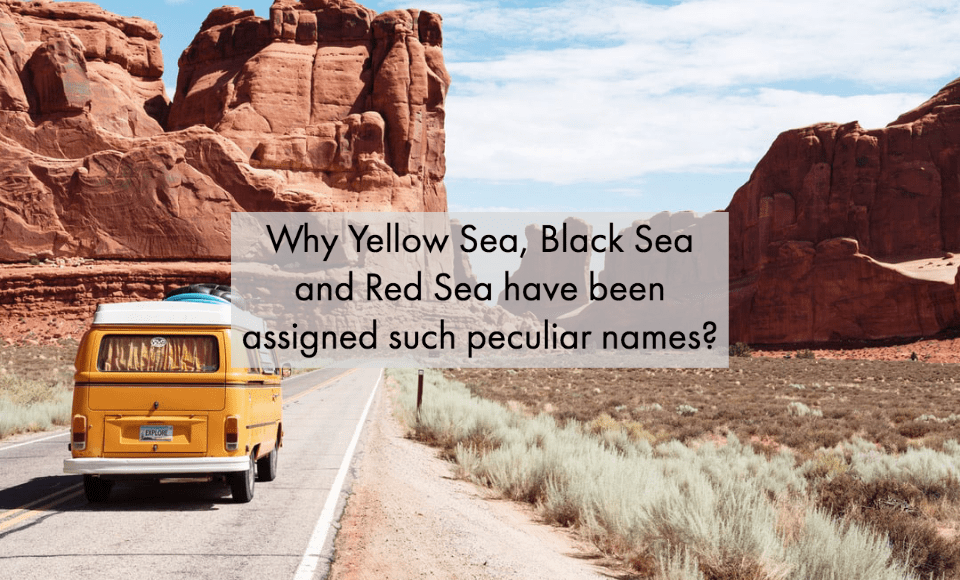Most people assume that the names of the given seas pertain to the colors of the bodies water during specific periods of the year. While these theories may be correct, there are other hypotheses why the Yellow Sea, Black Sea, Red Sea, and the White Sea were assigned peculiar names.
Yellow Sea
The Yellow Sea is situated between Mainland China and the Korean peninsula. It is Pacific Ocean’s marginal sea, lying on the northern part of the East China Sea. The sea stretches around 960 kilometers from north to south and nearly 700 kilometers from east to west, with a depth of 44 meters.
While it experiences intense monsoon starting from November until March, the area’s climate tend to be generally dry and cold. The temperature in the summer ranges from 10 to 28 degree Celsius, and winters tend to be too cold, allowing the formation of ice sheets and prohibiting navigation in the northern part of the sea.
The main reason why it got its name is for its distinctive yellow color that it acquires from the sand storms and particles coming from the Gobi desert. Moreover, Hai He River and the Bohai sea also contributes to its tint by both carries vast amounts of sand deposits and silt to the Yellow Sea.
Black Sea
For most of its history, the Black Sea was actually regarded by the ancient Greeks as the Inhospitable Sea. The name stems from that the body of water was too difficult to navigate. Another theory is that the barbarian tribes used to thrive along the shoreline of the Black Sea, which made it dangerous to traverse in the area.
However, a more dominant theory revolves on the color of its water. It was believed that water from the Black Sea turns black during winter, when intense storms play havoc on the sea. With that, mariners referred to it as the Black Sea.
Another explanation refers to the objects discovered in the Black Sea, such as animal matter, dead plants, and metallic items from ships. They were often enveloped with black sludge brought by the high levels of hydrogen sulfide in the body of water. Thus, the name.
Red Sea
The Red Sea, also called the Erythraean Sea, is a saltwater sea, situated between the African and Asian continents in the Indian Ocean. It lies 20.2802° N, 38.5126° E, making it Earth’s northernmost tropical sea. Various countries border the Red Sea, such as Yemen, Egypt, Saudi Arabia, and Sudan. Some of the famous features surrounding the body of water are the Gulf of Suez and the Sinai Peninsula.
The Red Sea is occasionally brimmed with a type of cyanobacteria algae, the trichodesmium erythraeum. Once the algal bloom dies, it transforms the sea’s blue-green tint into a reddish-brown color. While the hue is not that intense and may differ across the different areas of the sea, it explains where the Red Sea acquired its name.
White Sea
The White is an inlet of the Barents located in the European region of Russia. It is covered with ice for about six to seven months annually. Thus, it got its name from the fact that ice covers it for most of the time, giving it its distinct white color. However, others believe it is regarded as the White Sea as it whitish colors is due to the reflection of the northern sky.
More Readings:
Yellow Sea (Wikipedia)
Black Sea (Wikipedia)
Red Sea (Wikipedia)
White Sea (Wikipedia)
You Might Also Like:
